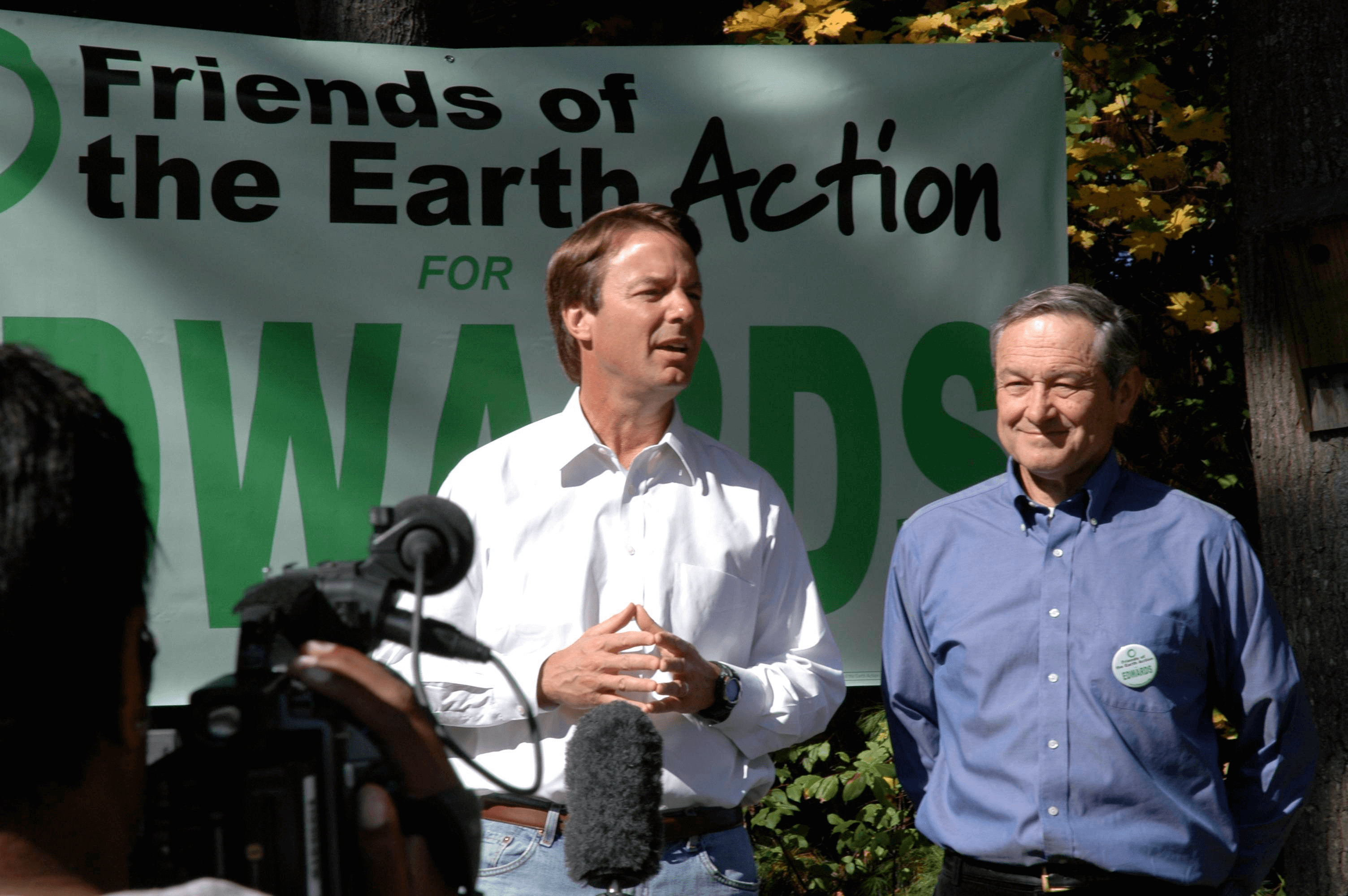Astrophysicist and science writer Ethan Siegel recently wrote, “Science is a way of thinking about the world, the process of inquiry and investigation, and also the full suite of relevant knowledge that we know, collectively, about an enterprise.” It is based on “the scientific method,” a rigorous process that reveals new information, or knowledge, that enables us to know what we know.
But simply saying that scientific knowledge, not science itself, should guide policy is insufficient. An essential ingredient is missing: value judgments. Knowledge created by science tells us, with ever-increasing accuracy, what the world >is, but it does not tell us what the world >ought to be. This gap between “is” and “ought,” which cannot be filled by logic or reason, was articulated by Scottish philosopher David Hume. It can only be filled by value judgments, be they moral, religious, or political.
Value judgments are needed because of tradeoffs. Decisions can be informed by scientific knowledge, but they are not dispositive because differing values can lead to different decisions based on the same accepted body of scientific knowledge. Consider, for example, California’s High-Speed Rail Project, which would link San Francisco and Los Angeles. Although it is technically achievable, whether the cost is worthwhile is a value judgment, and it has changed over the years. As of March 2023, according to a California High Speed Rail Authority project update report, the price tag for the system had risen to $128 billion. That’s a nearly 22 percent increase from last year’s estimate of $105 billion and a far cry from the $33 billion voters approved in 2008. That massive outlay inevitably diverts government resources from other projects—and from taxpayers’ pockets—and what is cost-effective and societally advantageous is a matter of value judgment.
Genetic engineering
The interplay of scientific knowledge and value judgments also applies to opinions about innovative technologies, from nuclear power and fracking to genetic engineering. Let us focus on the last of these, a particular interest of ours.
When it comes to certain activists’ decades-long objections to societally important advances in “genetic engineering,” or “genetic modification,” we would argue that they have been wrong on both the science and the value judgments.
First, the science. Genetic modification refers to a continuum of techniques that have been used over millennia. These include hybridization, mutagenesis, somaclonal variation, wide-cross hybridization (movement of genes across “natural breeding barriers”), recombinant DNA, and, most recently, gene-editing. The primary distinction between the last two and the others is that they are far more precise and predictable than the earlier techniques, which often introduced off-target mutations. And yet, some organizations such as Greenpeace and Friends of the Earth have singled out the newer, more precise, more predictable techniques for sui generis, excessive regulation that has boosted research and development costs and delayed or prevented important advances.

Because of the continuum alluded to above, and the fact that the newer techniques are more precise and predictable, science is against the activists and so, we would argue, are the value judgments. Activists have teamed up with companies that sell organic and “natural” food products to denigrate crops crafted with molecular techniques, which they have dubbed “Frankenfoods.” This anti-genetic-engineering industry and its lobbyists contribute significantly to the public apprehension toward this technology. They then exploit that fear to sell alternative food products to consumers.
Now, this same industry is lobbying globally for stringent regulation of plants and animals that have been modified with state-of-the-art gene editing techniques such as CRISPR–Cas9. One prominent genetic engineering skeptic, North Carolina State University professor Jennifer Kuzma, said about gene editing, “We need a mandatory regulatory process: not just for scientific reasons, but for consumer and public confidence.” The latter claim, especially, is a fallacy: Thirty years of excessive regulation of genetic engineering has neither reduced public anxiety nor quieted the critics. If anything, these gratuitous regulations have fanned public concerns about this safe, superior technology. As Barbara Keating-Edh, representing the consumer group Consumer Alert, testified before the U.S. National Biotechnology Policy Board three decades ago:
For obvious reasons, the consumer views the technologies that are >most regulated to be the >least safe ones. Heavy involvement by government, no matter how well intended, inevitably sends the wrong signals. Rather than ensuring confidence, it raises suspicion and doubt.
Precautionary Principle
Decades of large-scale use—millions of acres cultivated and trillions of meals consumed without a single mishap—undermine activists’ concerns. However, there remains one particularly resistant formulation of risk analysis that rejects evidence-based considerations of overall benefit and harm. That is the “Precautionary Principle,” which posits that regulatory action should be taken to avoid risks even when there is incomplete scientific evidence as to their magnitude or potential effects. Advocates of the Precautionary Principle portray it as a neutral tool for assessing risks. But it oversimplifies the complex processes of risk analysis and risk management, allowing regulators to assume that new technologies have infinite risks but uncertain benefits. A new technology is thus assumed to be guilty until it can be proven innocent to a safety standard dictated by its antagonists—a practical impossibility. (See “The Paralyzing Principle,” Winter 2002.)
The Precautionary Principle has now been incorporated into legislation in the European Union and elsewhere.
As a tool of public policy, the primary shortcoming of the Precautionary Principle is that it incorporates neither coherent evidentiary standards nor any clear limits. It stipulates that hypothetical risks should take precedence over substantive demonstrated benefits and effectively frees regulators to arbitrarily require any amount and kind of testing they wish. Likewise, it permits them to ignore overwhelming evidence of a product’s (or a technology’s) safety and benefits, and to prevent or delay its use. It functions independently of “what the science says” and penalizes innovation. It ensures that wherever it is applied, progress—especially in agriculture—will be stunted for the foreseeable future.
The Precautionary Principle is especially perverse when it is applied to the genetic engineering of plants and animals because, without any scientific basis, it discriminates against the use of the newest, most precise, and most predictable techniques by subjecting them to the most intense, stultifying regulation. The negative societal effects of such policies are discussed eloquently in a recent >Nature Plants article by Daniel Jenkins et al.:
Regulation based on process will not advance common goals of nutrition, sustainability or consumer preference. On the contrary, process-based regulation will only delay or prevent the achievement of these goals. Differential requirements lead to a confusing system with higher burdens, lower utility and increased time to market. This only creates disincentive to fund research and business investment, and ultimately throws up barriers to reaching consumers and improving diets for even the simplest and most-familiar of characteristics. When science cannot distinguish one seedless grape from another, neither should regulation.
The Precautionary Principle is not the only tool of anti-genetic-engineering activists, who also invoke opposition to certain new products based on resentment of corporate entities’ profits or on the fact that most agricultural innovation comes from industrialized countries and therefore somehow represents “colonialism” when transferred to developing countries. Such factors obviously should have no bearing on regulation to assure safety and efficacy.
If we are to realize the potential of the newest techniques of genetic engineering, we need to fend off the sophistry and mendacity of anti-innovation activists, both within and outside governments. Public policy, including regulation, should be dictated by science and common sense.
David Bertioli studies peanut genetics, genomics and evolution. He works with breeding programs in the USA, Brazil, Senegal and Uganda to produce improved peanut cultivars with pest and disease resistance derived from wild peanut species. Find David on X @BotanyBert
Henry I. Miller, a physician and molecular biologist, is the Glenn Swogger Distinguished Fellow at the American Council on Science and Health. He was the founding director of the Office of Biotechnology at the FDA. Find Henry on X at @henryimiller
A version of this article was originally posted at the Cato Institute and is reposted here with permission. Any reposting should credit both the GLP and original article. The Cato Institute can be found on X @catoinstitute































